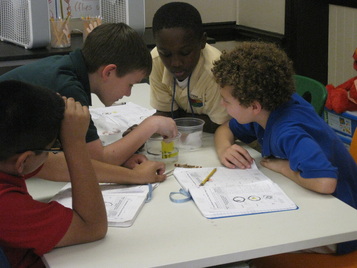
Now that they were experts on knowing how pollution could travel and how to measure for a possible pollution spill, fourth graders needed to test various materials to either contain or remove the oil.
Designing their own clean-up process in teams, fourth graders had a limited budget of $20 million and a specific set of materials they could possibly use. Evaluating their clean-up process was no easy feat. They had to determine how much oil was left on both the water and the shore, and ultimately how this would impact the ecosystem they had learned so much about.
Not stopping there, fourth graders attempted to improve their clean-up process by changing their materials or the order in which they completed their clean-up process. Once they were done, fourth graders communicated their results to the Mayor (Mrs. Brinza), recommending the BEST clean-up process. Would the best clean-up process cost the least? Or have the least negative impact on the environment? YOU be the judge!
Designing their own clean-up process in teams, fourth graders had a limited budget of $20 million and a specific set of materials they could possibly use. Evaluating their clean-up process was no easy feat. They had to determine how much oil was left on both the water and the shore, and ultimately how this would impact the ecosystem they had learned so much about.
Not stopping there, fourth graders attempted to improve their clean-up process by changing their materials or the order in which they completed their clean-up process. Once they were done, fourth graders communicated their results to the Mayor (Mrs. Brinza), recommending the BEST clean-up process. Would the best clean-up process cost the least? Or have the least negative impact on the environment? YOU be the judge!
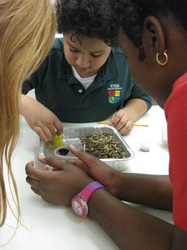
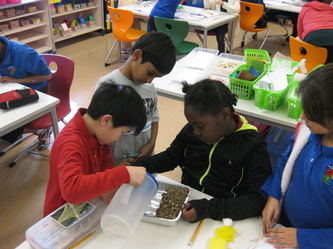
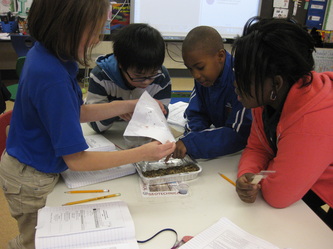
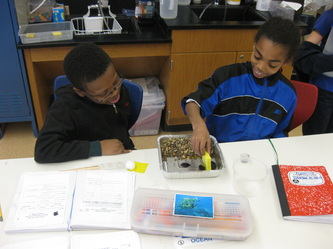
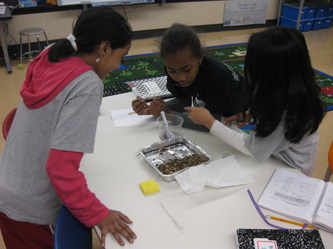
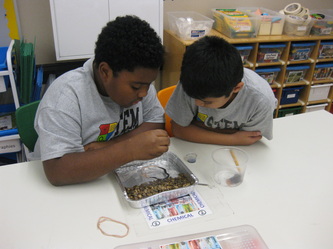
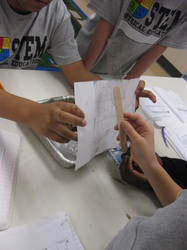
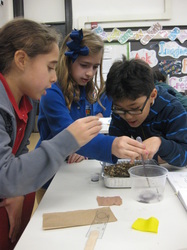
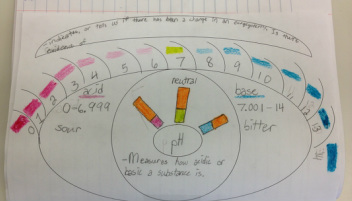
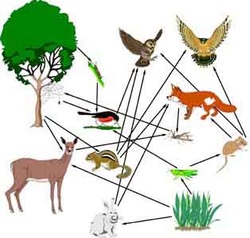

 RSS Feed
RSS Feed